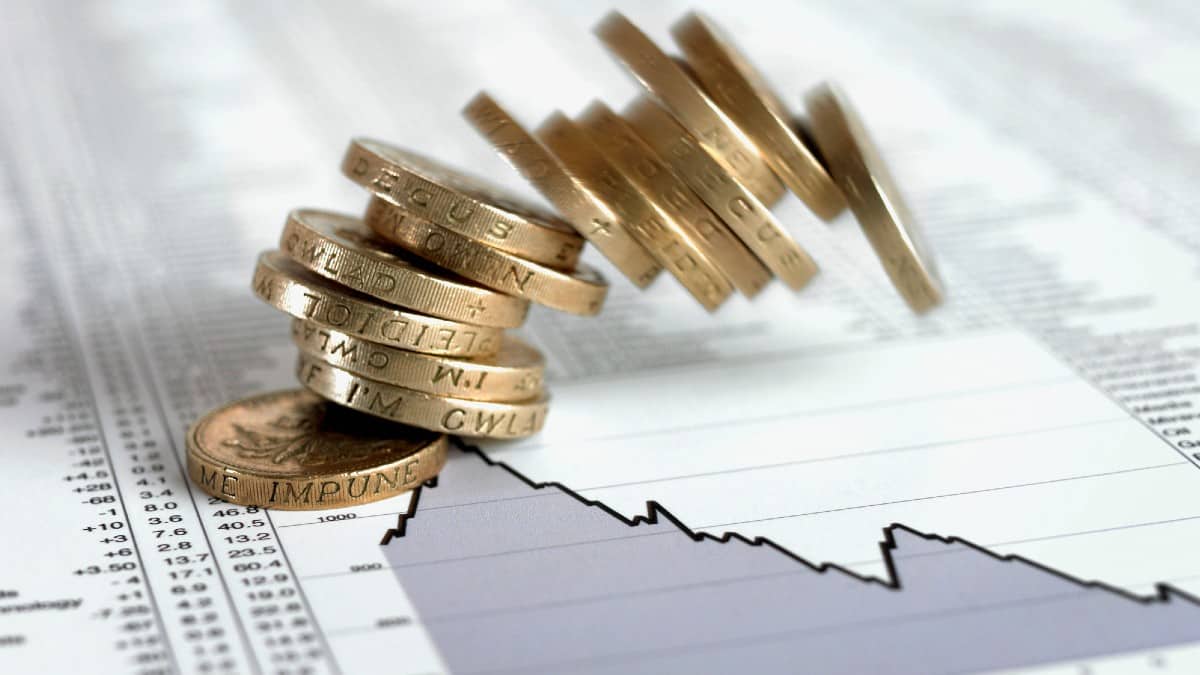Adding a tenner into the stock market each day doesn’t seem particularly noteworthy. But it could actually be the foundations for a mighty passive income structure.
Take Warren Buffett as proof. The ‘Oracle of Omaha’ began investing when he was 10 years old. He was a millionaire by the time he was 30. Today, his net worth is estimated to be worth over $100bn.
But here’s the thing. Buffett made 99.7% of that money after his 52nd birthday. And he’s accumulated over 90% of his wealth since he turned 65. That’s the miracle of compound interest. It’s like a snowball rolling down a hill, getting larger and faster as time goes on.
Passive income stocks: our picks
Do you like the idea of dividend income?
The prospect of investing in a company just once, then sitting back and watching as it potentially pays a dividend out over and over?
If you’re excited by the thought of regular passive income payments, as well as the potential for significant growth on your initial investment…
Then we think you’ll want to see this report inside Motley Fool Share Advisor — ‘5 Essential Stocks For Passive Income Seekers’.
What’s more, today we’re giving away one of these stock picks, absolutely free!
As Warren Buffett once admitted himself, “My life has been a product of compound interest”.
Getting started
You don’t have to had started investing in stocks at 10 years old (though it certainly helps!). Anyone can start investing today and get the snowball rolling. Investing £10 a day works out at £70 a week, or £304 a month.
But firstly, why invest in stocks? Well, they have a higher long-term return than either bonds or cash. The S&P 500 index has delivered an impressive compound annual growth rate of 10.7% over the past 30 years.
The FTSE 100 has delivered an average total return of 7% a year over the long term. Sure, that’s not as impressive as the S&P 500’s return. But the FTSE 100 generally has more cyclical stocks versus the S&P 500’s “riskier” growth stocks.
And this year, stocks like BP and Glencore have helped the UK index comfortably outperform its US counterpart. Yet the beauty of being an investor is that I don’t have to choose between these indexes. I can diversify and invest in both!
Passive income
As my returns start snowballing, so does the potential amount of passive income I could enjoy. Let’s assume I achieve an annual return of 8.85% (the returns of the FTSE 100 and S&P 500 averaged out) on my £10 a day.
| YEAR | AMOUNT (£304 x 12 months) | ACCRUED INTEREST | TOTAL |
| 1 | £3,650 | £151 | £3,799 |
| 5 | £3,650 | £4,598 | £22,838 |
| 10 | £3,650 | £21,852 | £58,332 |
| 15 | £3,650 | £58,770 | £113,490 |
| 20 | £3,650 | £126, 251 | £199,211 |
| 25 | £3,650 | £241,227 | £332,427 |
| 30 | £3,650 | £430,013 | £539,453 |
| 35 | £3,650 | £733,506 | £861,186 |
The FTSE 100 currently has an average forward yield of 3.79%. (That’s double the S&P 500’s, by the way.) But it’s possible to be selective and construct a high-yield portfolio that pays more than this average.
Doing so could increase my portfolio yield to between 5% and 6%. So as my money grows, so does the amount of passive income I could potentially earn were I to switch into a high-yield income portfolio.
| YEAR | AMOUNT | ANNUAL PASSIVE INCOME (5.5%) |
| 10 | £58,332 | £3,208 |
| 20 | £199,211 | £10,956 |
| 30 | £539,453 | £29,669 |
| 35 | £861,186 | £47,365 |
Amazingly, investing £10 a day could one day lead to annual passive income of £47,365.
Of course, this is for illustrative purposes, using averages to show what’s possible. No stock investment is risk-free, and dividends can be cut as well as increase. Returns could be less than the average, or more.
But the ingredients to building wealth stay the same – dedication, consistency, and patience. These are the hallmarks of long-term investing.








